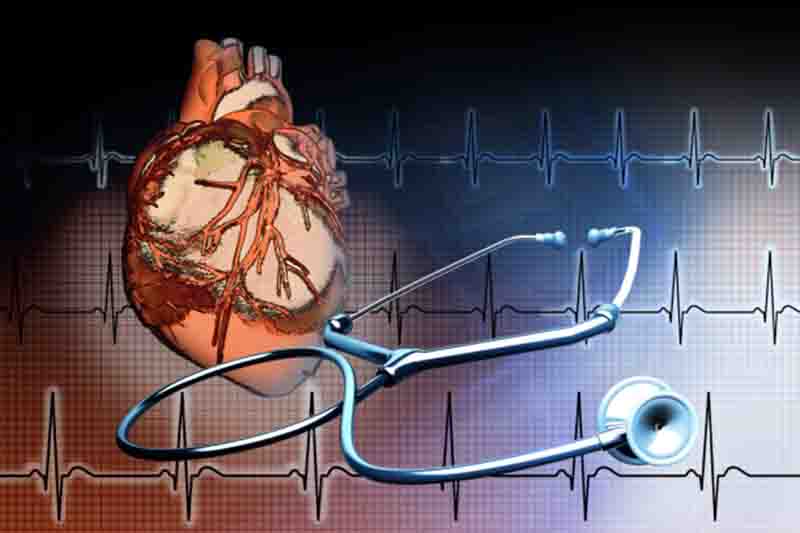Discovery could lead to more effective treatments for heart disease

Researchers from EVMS and the Robert Wood Johnson Medical School have deciphered the workings of a key protein that powers the heart, providing valuable knowledge that may lead to new treatments for heart disease.
The discovery, published Aug. 6 in Nature Communications, came as scientists were examining the action of a new class of drugs that binds to the motor protein that powers the heart. Most current drugs influence the signals that trigger the heartbeat but do not directly influence the mechanics of the heart muscle, says Eva Forgacs, PhD, Associate Professor of Physiological Sciences at EVMS (pictured at right).
“This new class of drugs, known as cardiac myosin activators, helps tune the mechanics of the heart muscle,” Dr. Forgacs says. “The drugs act on the cardiac myosin, also known as the cardiac motor, which plays a major role in contraction of the heart muscle.”
Dr. Forgacs and her collaborators examined the effects of one new drug, Omecamtiv Mecarbil, that is now in clinical trials for treatment of systolic heart failure – a condition where the heart’s ability to pump blood becomes restricted.
“The interaction between the drug and the cardiac motor that powers the heart provided insights into the mechanism of drug action that control the motor,” she says. “Our structural analysis defines a drug-binding site that may be exploited for development of medication with enhanced ability to modulate cardiac output and treat heart disease.”
Gerald Pepe, PhD, EVMS Foundation Chair in Biomedical Sciences and Professor and Chair of Physiological Sciences, is impressed with the research.
“This is an important step forward to help us further understand how cardiac muscle functions normally and in disease states, Dr. Pepe says.
Dr. Forgacs worked with lead investigator Donald A. Winkelmann, Ph.D., in Pathology and Laboratory Medicine at Robert Wood Johnson Medical School of Rutgers University, along with his research colleagues.
The study was funded by grants from the American Heart Association and the National Heart, Lung, and Blood Institute of the National Institutes of Health.